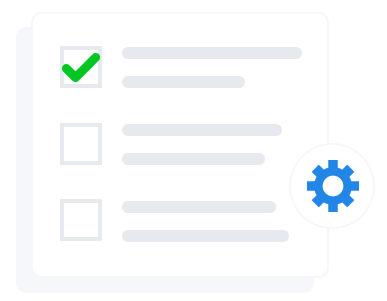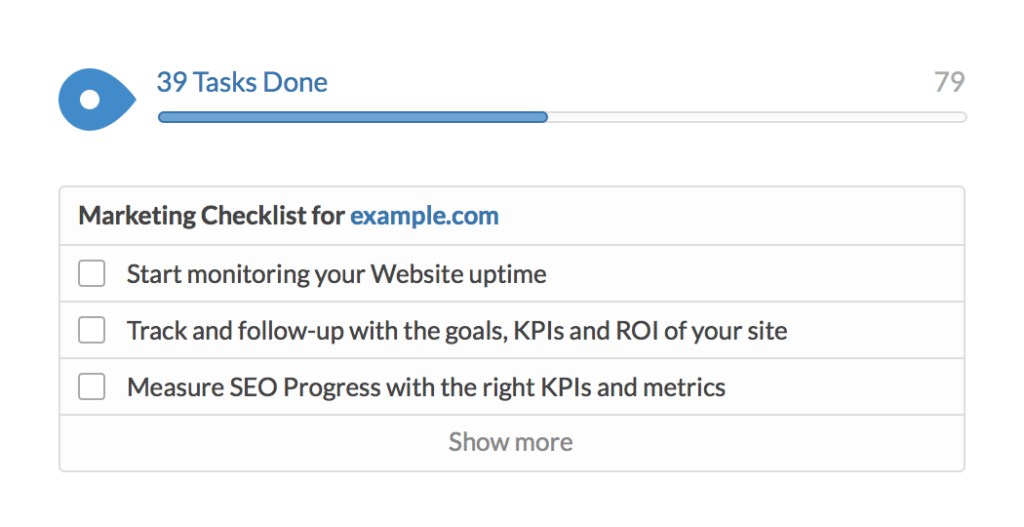You’ve probably heard by now that Twitter is likely expanding its character limit to a whopping 10,000 characters. Plenty of Twitter users are voicing their dissatisfaction, while social media predictors are starting to think that this may be a smart move.
The biggest concern is that Twitter is going to lose its most distinctive feature, one that’s been with the company since it started in 2006. Are we forgetting the other features that set Twitter apart?
Brief History Lesson: Why 140 Characters?
Prior to iPhone’s iMessage that allows limitless text messages, cell phone owners of the mid-2000s were stuck to 160 character limits for SMS messages. Social media platforms emerging at that time followed similar limits: Twitter capped Tweets to 140 characters, Facebook limited posts to 160 characters. Facebook has changed this limit over the years, but Twitter used this characteristic as one of its distinctive features. Twitter was known for its short updates that forced writers to be concise. It also allowed for a fast-paced, conversational environment.
Why would Twitter Want to Change One of its Most Distinctive Features?
Twitter’s stock has steadily fallen by 50% in the last 6 months and its platform growth has halted. Twitter has remained relatively stagnant since its release, whereas Facebook continually updates with new features. Plenty of Facebook’s changes even included backlash; the Timeline theme, for example, was unpopular when users were forced to switch layout. But it’s Facebook’s adaptability that has experts predicting that Facebook is here to stay, even as growth slows down. This could mean that even if the idea to increase character limits on Twitter is unpopular, current users will likely get used to it, and Twitter can attract new members who were previously turned off by the character limit. It’s also likely that 140 characters will be the cutoff of what is visible, before the post says ‘read more,’ so the difference shouldn’t be drastic.
What’s more is that content on social media is a major trend right now. Facebook launched Instant Articles, and users are consuming all sorts of content on the networking site. It’s already very apparent that many bloggers and publishers use Twitter as a place to promote new pieces, so allowing that same content to be visible directly on Twitter could help both parties. Twitter benefits from longer user visits, and publishers benefit from greater visibility. It could become a content hub if Twitter moves forward with its idea.
What are the other Defining Features of Twitter?
Although the 140 characters have been signature of Twitter since the platform’s inception, there are other important aspects of Twitter to keep in mind. In CEO Jack Dorsey’s words, “What makes Twitter, Twitter is its fast, public, live conversational nature.“
Public
One major difference between Facebook and Twitter is its public nature. Facebook users are limited to posts of friends or major pages, whereas Twitter aims to create a public conversation. Hashtags were first used on Twitter in 2007, and since then many other major platforms adopted hashtags to group similar content. Even though the hashtag is not completely unique to Twitter anymore, it still has a larger presence on Twitter than Facebook. Users have access to millions of users’ feeds without ever having to follow them.
Real-Time Updates
Twitter also differentiates itself from competitor Facebook by having a live feed. Facebook’s feed is controlled by an algorithm. Anyone can gain visibility on Twitter if they use proper timing and visible hashtags. Also, real-time updates on social media platforms are extremely popular right now; look at Instagram and Snapchat. The real-time updates allow users to more actively engage. This creates a fast-paced, highly conversational environment. Live tweeting has always been far more social than posting on Facebook. All users using common hashtags are able to interact and participate in an online social event.
It’s Twitter’s accessibility to a variety of users’ current content that makes Twitter different from social media sites. While Instagram, Snapchat, and YouTube have their niches in various types of audiovisual media, Twitter and Facebook act as collections of a variety of content forms. Twitter and Facebook are different in how users view this content: one more exclusive, and one more publicly social.
How should Twitter Position itself Moving Forward?
Twitter’s biggest challenge is to differentiate itself from Facebook. Facebook is easily Twitter’s most important competitor, because they’re similar in content, but different in how the content is displayed in the feed.
With Facebook’s Instant Articles and Twitter’s limit increase, there will be a war between the platforms as content hubs. The popularity of live updates could help Twitter have a leg-up with the written content. Also the public visibility makes articles easy to find. Although 140 characters may not be its only defining feature, it is a memorable characteristic that Twitter is breaking from. Twitter needs to strictly follow Dorsey’s description of what Twitter is in order to maintain a firm identity as it leaves behind one of its major features.


